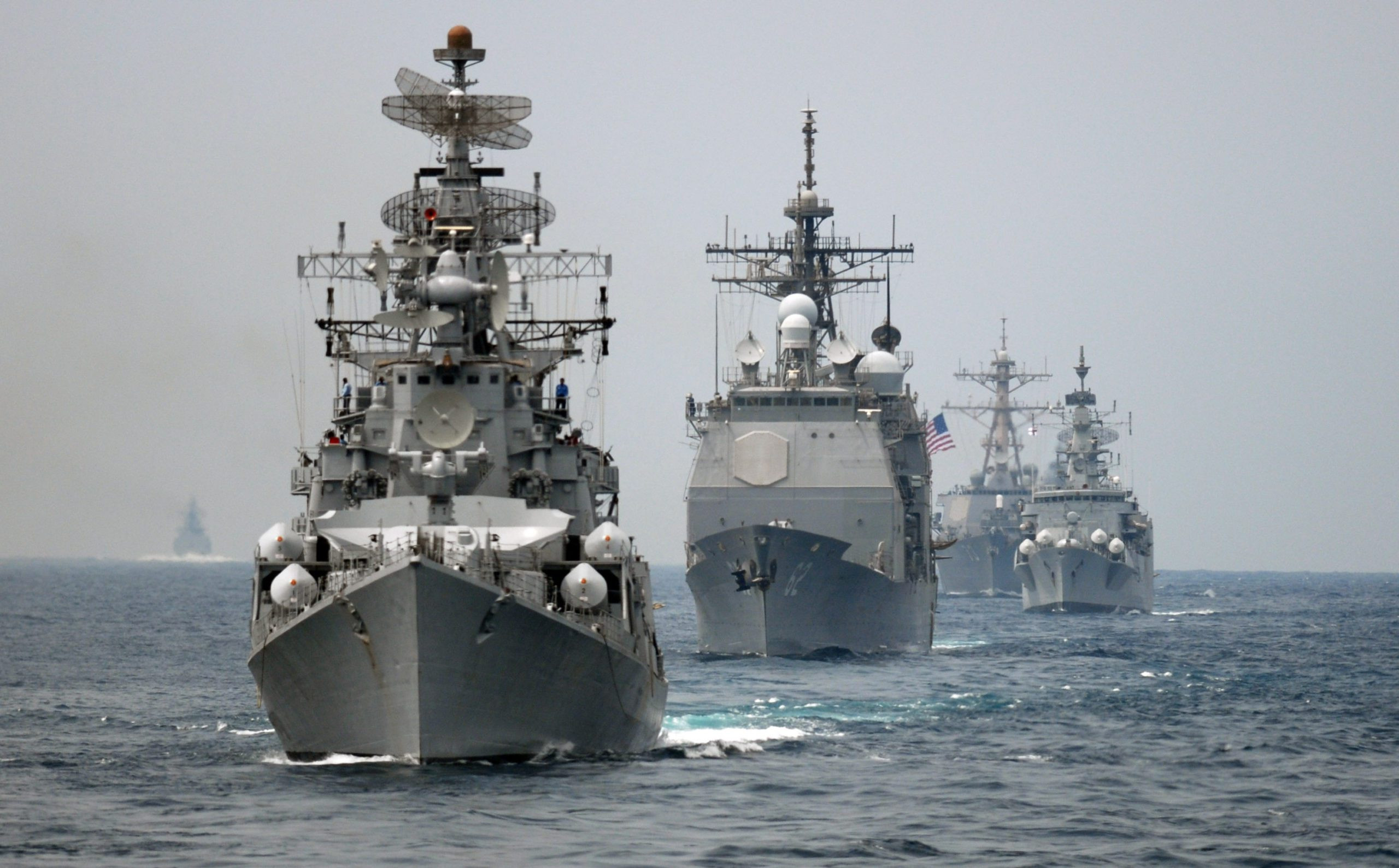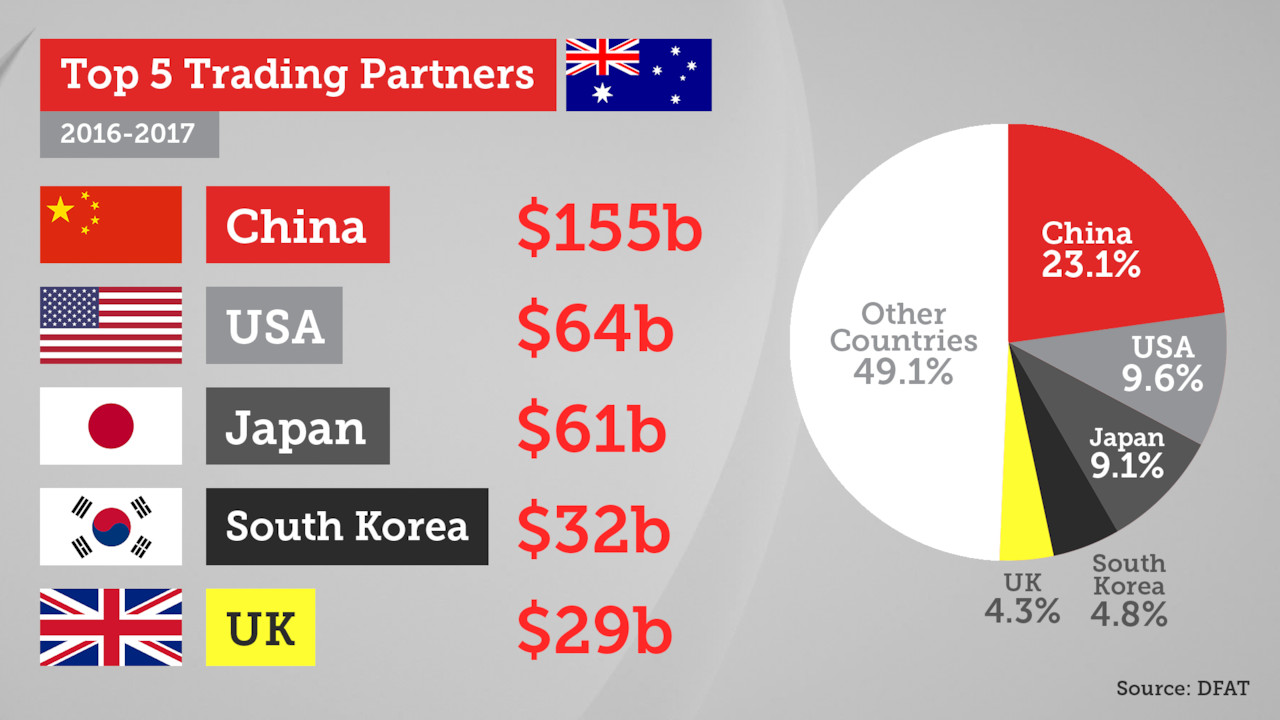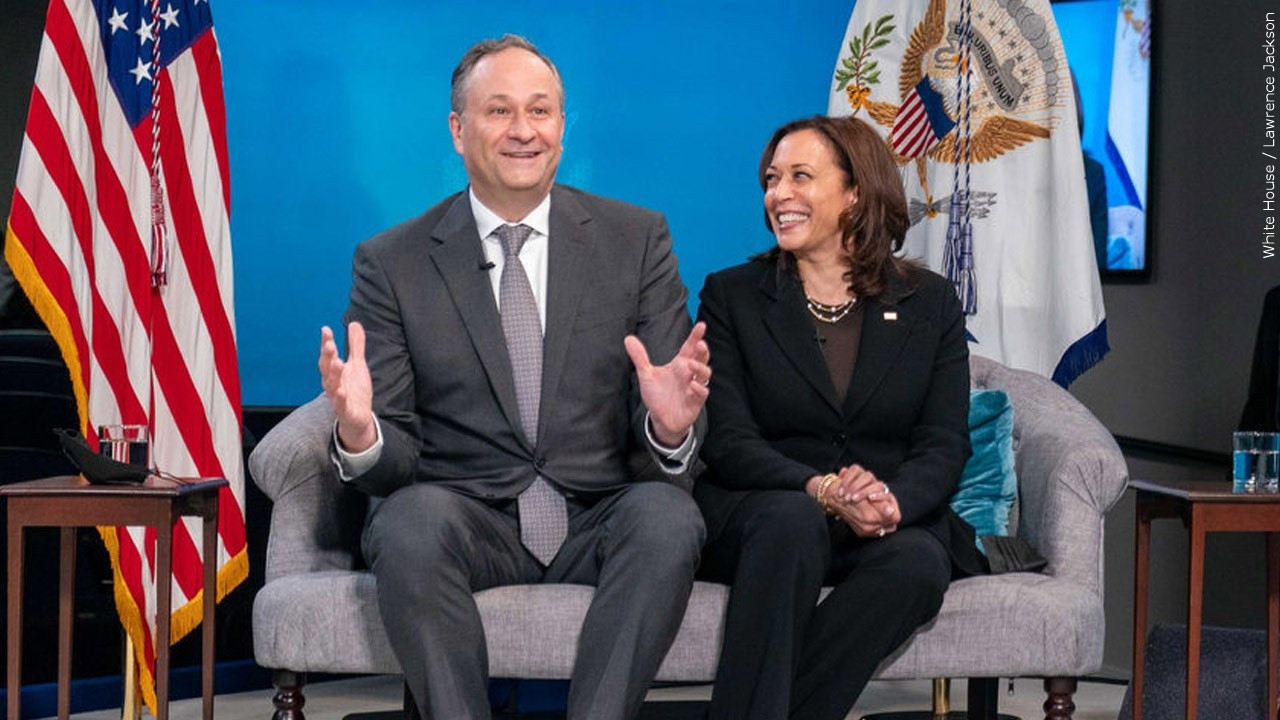The Indian Ocean: A Strategic Crossroads
The Indian Ocean Region (IOR), encompassing approximately 20% of the Earth’s oceanic expanse, is the smallest yet most complex among the three primary oceans. IOR is a critical maritime region that connects continents of Africa, Asia, and Australia. Surrounded by 38 states and spanning over 6,200 miles encompassing approximately 80% of worldwide trade, the IOR holds crucial importance in global geoeconomics and geopolitics.[1]
India's Rise as a Maritime Power
In IOR, India, being the largest littoral state, seeks to project major-power status by focusing on objectives such as obtaining energy security supplies, ensuring security through sea resources, maintaining the safety of sea and land routes, and facilitating unrestricted marine trade. Due to the increasing competition between China and India in the IOR, defence priorities of India have distinctly shifted towards the Indian Ocean (IO). India’s first maritime strategy for the region, “Freedom for Use of Seas”, was published in 2004;[2] but it is more aggressive towards sea deployments.
These continuous deployments pose considerable challenges to neighbouring littoral governments, indicating a contradiction in India’s maritime policy which guarantees freedom for all. The Indian Prime Minister, in his address at the Commissioning of Offshore Patrol Vessel (OPV) Barracuda in Mauritius on March 12, 2015, stated that “IO is at the center of global attention more than ever before, and India is also growing global stakes and presence in the Ocean.”[3]. This demonstrates India’s endeavours to establish regional security alliances, enhance naval capabilities, and pursue strategic objectives in IOR.
A Growing Naval Presence
The Indian Navy is rapidly expanding its fleet size and capabilities, reflecting India's ambition to become a dominant force in the Indian Ocean. This expansion has raised concerns among regional countries about India's intentions and the potential for conflict. India's naval deployments are seen as a challenge to the maritime interests of other littoral states, particularly those in the vicinity of the Indian subcontinent.
A Clash of Maritime Interests: China and India
The growing competition between China and India in the Indian Ocean is one of the key drivers of India's assertive maritime posture. China's Belt and Road Initiative (BRI), a global infrastructure development program, has significantly increased China's presence in the Indian Ocean. China's investment in ports and infrastructure in strategic locations such as Gwadar in Pakistan and Hambantota in Sri Lanka have raised concerns in India about China's growing influence in the region.
A Response to Perceived Threats: The 'Necklace of Diamonds'
India has responded to China's expanding influence in the Indian Ocean with a counter-strategy, known as the 'Necklace of Diamonds.' This strategy involves establishing Indian naval bases in strategically important locations such as Singapore, Indonesia, Iran, Oman, and Seychelles. These bases would significantly expand India's naval outreach and allow it to project power across a wider swathe of the Indian Ocean.
The United States and India's Shared Interests
The United States, concerned about China's growing military power and influence in the Indo-Pacific, has been strengthening its ties with India. The two countries share common interests in maintaining a free and open Indian Ocean, countering Chinese influence, and ensuring the security of sea lanes. The United States has designated India as a major defense partner, facilitating increased bilateral defense trade, technology transfer, and cooperation on various security issues in IOR.
Security Agreements and Cooperation
India and the United States have signed several bilateral strategic agreements to enhance their security cooperation, including the Logistics Exchange Memorandum of Agreement (LEMOA), the Communications, Compatibility and Security Agreements (COMCASA), and the Basic Exchange and Cooperation Agreement (BECA). These agreements allow for increased logistics access, intelligence sharing, and interoperability between the two militaries.
The Potential for Conflict
The intensified competition between India and China in the Indian Ocean, coupled with India's assertive naval buildup and the growing US-India security partnership, has heightened tensions in the region. This situation has the potential to escalate into a conflict between regional and extra-regional stakeholders, with far-reaching consequences for the global economy and security.
The Future of the Indian Ocean
The Indian Ocean is a critical maritime region, home to vital trade routes and strategically important chokepoints. The future of the Indian Ocean will be shaped by the interplay of various forces, including the intensifying China-US power struggle, India's growing ambitions, and the security concerns of regional states. Maintaining stability and preventing conflict in this region will require careful diplomacy, cooperation, and a commitment to peaceful resolution of disputes.
Navigating the Complexities
The Indian Ocean is a complex and dynamic region. As the strategic importance of this region continues to grow, so too will the challenges and opportunities for the nations that border it. Navigating these complexities will require careful planning, cooperation, and a commitment to peaceful resolution of disputes.
Key Takeaways
-
India's Aggressive Maritime Ambitions: The article outlines India's growing naval capabilities and its assertive maritime strategy. This strategy is driven by India's desire to secure its strategic interests in the Indian Ocean and counter the growing influence of China. However, these actions have raised concerns among neighboring nations about the potential for conflict.
-
The China-India Rivalry: The competition between China and India for influence in the Indian Ocean is a major source of tension in the region. This competition is likely to intensify in the future, as both countries seek to secure their strategic interests.
-
The US-India Partnership: The US and India have a strong and growing strategic partnership, driven by shared interests in maintaining a free and open Indian Ocean and countering Chinese influence. The two countries have signed several security agreements to enhance their cooperation.
-
The Potential for Conflict: The intensified competition in the Indian Ocean, coupled with India's assertive naval buildup and the growing US-India security partnership, has heightened tensions in the region. This situation has the potential to escalate into a conflict between regional and extra-regional stakeholders, with far-reaching consequences for the global economy and security.
-
A Complex Future: The future of the Indian Ocean will be shaped by the interplay of various forces, including the intensifying China-US power struggle, India's growing ambitions, and the security concerns of regional states. Maintaining stability and preventing conflict in this region will require careful diplomacy, cooperation, and a commitment to peaceful resolution of disputes.


















